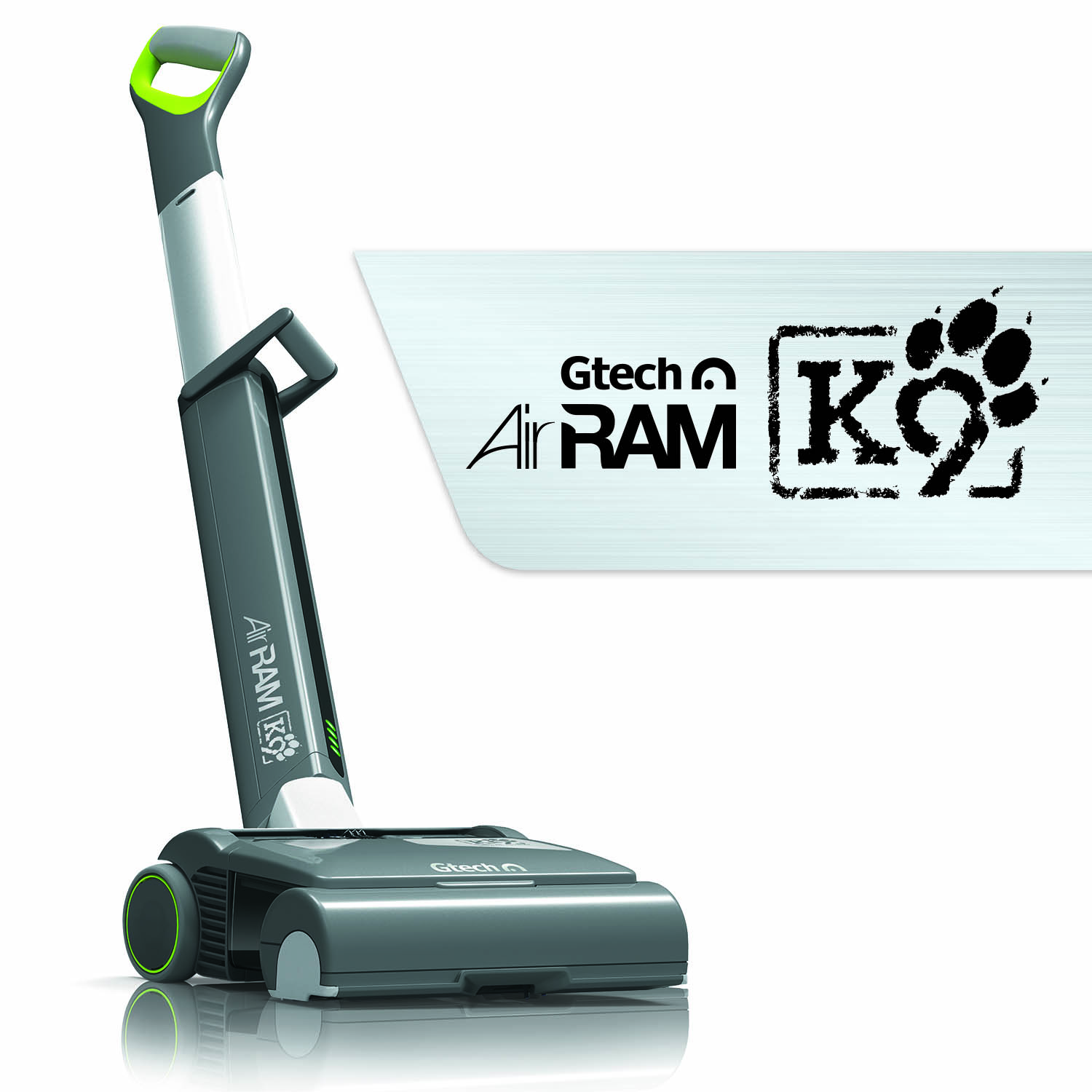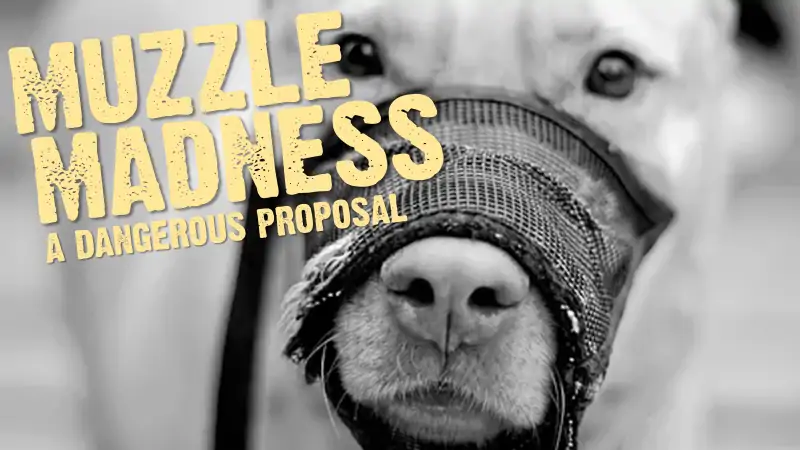Edit this text
For those dog owners who have made it a habit to take their dogs on car rides know that just the two words “car ride” is enough to have them racing for the door and the car. The natural inclination for the dog to seat upright in the seat with their eyes glued on their surroundings is quite enjoyable as they are exhibiting real happiness. There is however a significant hazard that is evidenced by the number of dogs and other pets that are victims of car accidents, a danger that could easily be resolved by ensuring that the pet is secured in a proper seat or carrier. In addition to injuries to the pet the possibility of the pet becoming a dangerous projectile is another critical possibility. Keeping your pet safe in the car is always the pet owners resposibility.
There are several ready alternatives for keeping a pet secure in the car, the first and most available is the dog crate or carrier. Most pets have a crate or carrier that they use in the home. We have managed to find an easy way to use the seat belts in the car to help tie the animal and crate securely in the car. The use of the dog crate could also be effective in reducing the tendency for the dog to get sick in the car. Placing the crate between the front and backseat is an effective way to secure the pet while travelling. This doesn’t work with soft dog crates, and depending on your car and how much leg room you need, it may not be practical.
A seatbelt harness is the most effective tool for securing the pet in the car. This item attaches to your normal seatbelt and it provides the same kind of protection that your seat belt provides to you. Prices for these harnesses vary, but most go for roughly $35 – $45.They are not as quick and easy to set up as a crate however they do provide for the maximum protection for that pet that you love. Unlike a crate, a harness will allow your dog the option of thrusting his nose out of the window and getting the full panorama of the ride.
The use of so called “barriers” that keep to dog from entering the driver’s area are not recommended because they do not offer much actual protection from the impact of an accident. These barriers should only be used if you have no alternative as they offer little or no protection. There are also “barriers” available that simply block the dog from moving from the rear of the car to the front. This eliminates the chances of them interfering with the driver, but does little to protect the dog in case of an accident, and are more expensive than harnesses. These should probably be used only as a last resort. Car rides with a canine companion can be one of the great pleasures in pet ownership. Don’t let a trip turn into tragedy because of an unsecured passenger, whether on two legs or four.
Enter your email and never miss out on receiving our best articles:







